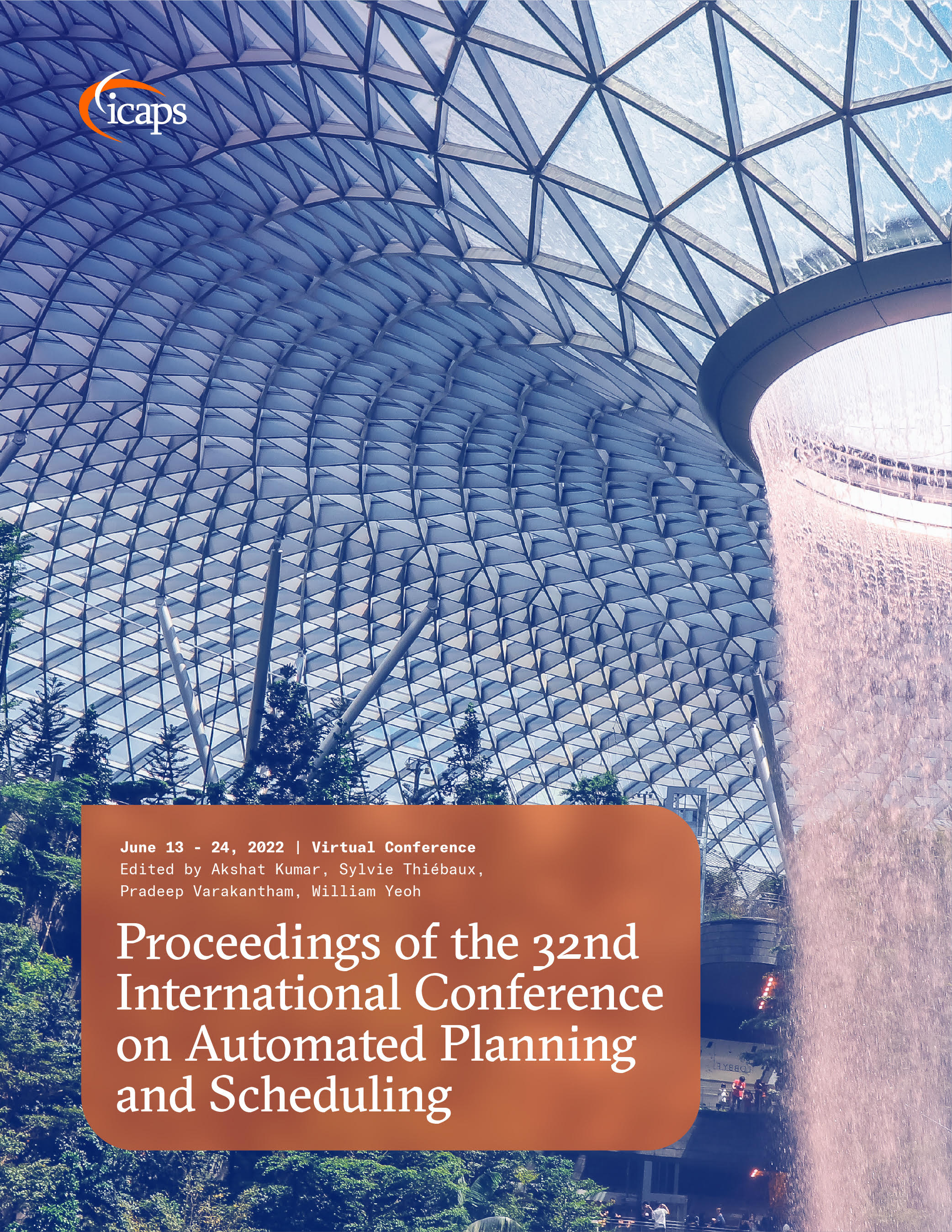OFFICERS: Operational Framework for Intelligent Crime-and-Emergency Response Scheduling
DOI:
https://doi.org/10.1609/icaps.v32i1.19830Keywords:
Law Enforcement Deployment, Urban Computing, Planning And Scheduling, Simulated Annealing, Incident Prediction, Emergency ResponseAbstract
In the quest to achieve better response times in dense urban environments, law enforcement agencies are seeking AI-driven planning systems to inform their patrol strategies. In this paper, we present a framework, OFFICERS, for deployment planning that learns from historical data to generate deployment schedules on a daily basis. We accurately predict incidents using ST-ResNet, a deep learning technique that captures wide-ranging spatio-temporal dependencies, and solve a large-scale optimization problem to schedule deployment, significantly improving its scalability through a simulated annealing solver. Methodologically, our approach outperforms our previous works where prediction was done using Generative Adversarial Networks, and optimization was performed with the CPLEX solver. Furthermore, we show that our proposed framework is designed to be readily transferable between use cases, handling a wide range of both criminal and non-criminal incidents, with the use of deep learning and a general-purpose efficient solver, reducing dependence on context-specific details. We demonstrate the value of our approach on a police patrol case study, and discuss both the ethical considerations, and operational requirements, for deployment of a lightweight and responsive planning system.Downloads
Published
2022-06-13
How to Cite
Chase, J., Goh, S. T., Tran, P., & Lau, H. C. (2022). OFFICERS: Operational Framework for Intelligent Crime-and-Emergency Response Scheduling. Proceedings of the International Conference on Automated Planning and Scheduling, 32(1), 444-452. https://doi.org/10.1609/icaps.v32i1.19830
Issue
Section
Industry and Applications Track

